In a landscape where logistics and transport dominate the marketplace, understanding the complexities of vehicle specifications is vital for both manufacturers and end-users. This article delves into the legality and practicalities of using a pickup truck to pull a semi-trailer, addressing key concerns, regulations, and ensuring that you are well-informed before making any operational decisions.
Understanding Vehicle Classifications and Regulations
Transporting a semi-trailer using a pickup involves navigating through various vehicle classifications and regulations. Here, we present a clear framework to understand these terms better:
Vehicle Classifications
| Classification | Description |
|---|---|
| Light-Duty Trucks | Generally used for personal, recreational use. |
| Medium-Duty Trucks | Suitable for heavier transport but not classified as commercial freight. |
| Heavy-Duty Trucks | Designed for commercial freight, equipped to haul large trailers. |
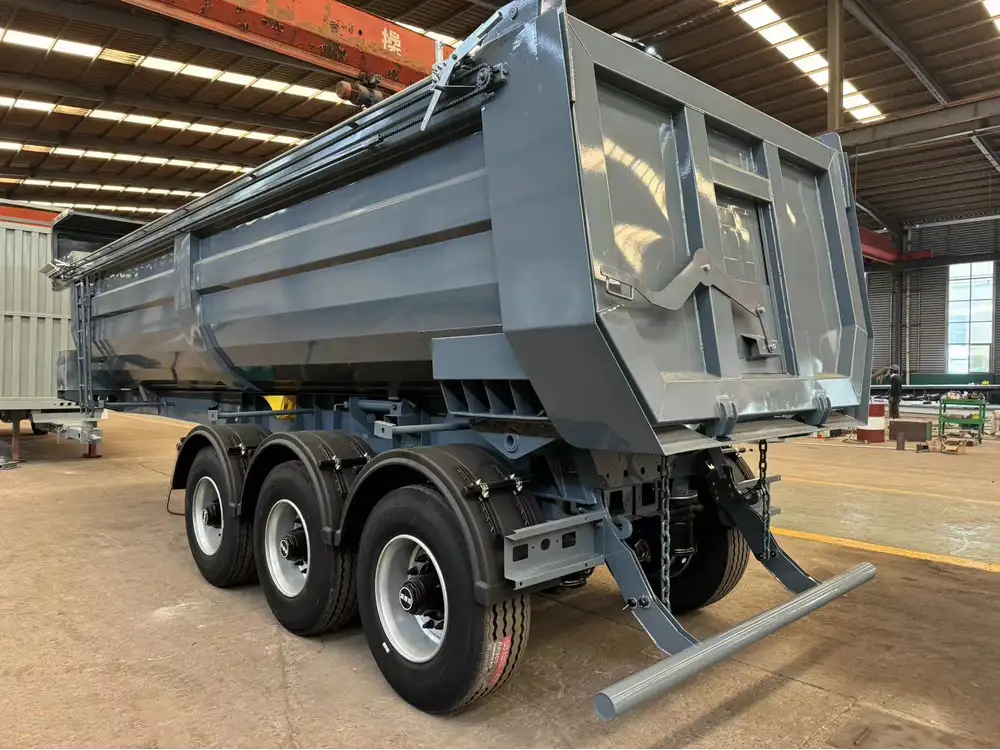
Importance of Vehicle Classifications
Understanding which category your vehicle falls into is pivotal. Most pickups belong to the light-duty category, which often lacks the towing capacity required for a semi-trailer. This is not just about power but compliance with local laws and safety regulations.
Legal Towing Capacity
Every vehicle comes with a manufacturer-determined towing capacity that must adhere to local transportation laws. The Gross Vehicle Weight Rating (GVWR) is critical here:
- GVWR: This is the maximum weight your vehicle can safely handle, including its own weight and the weight of the trailer and cargo.
Key Point: Always consult your vehicle’s manual for specific towing ratings.
The Role of the Hitch Class
When considering towing a semi-trailer, the type of hitch installed is fundamental. Hitches come in various classes, each suited for different weights. Here are the main classes:
| Hitch Class | Max Towing Capacity |
|---|---|
| Class I | 2,000 lbs |
| Class II | 3,500 lbs |
| Class III | 6,000 lbs |
| Class IV | 10,000 lbs |
| Class V | 12,000 lbs+ |

Matching Hitches with Pickup Capabilities
Most standard pickups come with Class III or IV hitches, but they may not have the capability to pull a fully-loaded semi-trailer, which can weigh in excess of 20,000 lbs.
Semi-Trailer Weight Considerations
An empty semi-trailer can weigh around 10,000 lbs and can go significantly higher with cargo:
- Lightweight Trailers: Approximately 10,000 – 15,000 lbs.
- Standard Trailers: 20,000 lbs (considering load).
- Heavy Trailers: 30,000 lbs+ (commercial goods).
Safety Implications
Towing a semi-trailer with a pickup raises significant safety issues. Here are critical factors to consider:
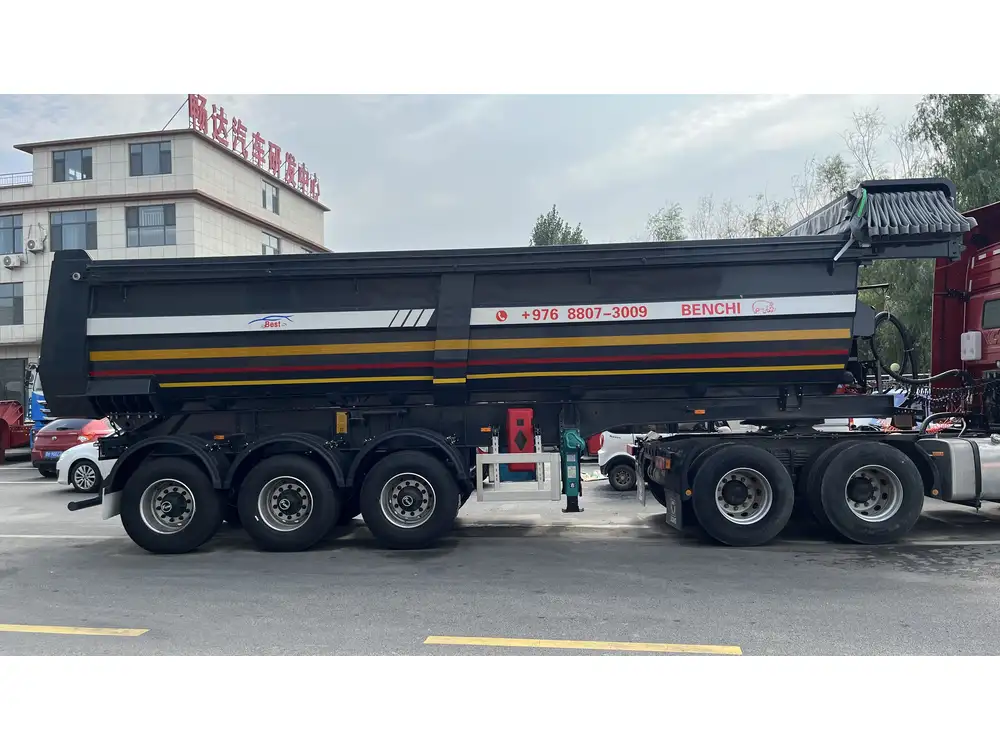
Stopping Distance
A semi-trailer demands longer stopping distances due to its weight. This puts incredible stress on the pickup’s braking system, which may not be designed for such loads.
Stability and Control
The stability of a pickup truck may be compromised when it’s connected to a large trailer. Factors like wind conditions, road surface, and speed have considerable effects on handling.
Recommended Practices
- Use Sway Control Devices: Particularly essential for heavier trailers.
- Monitor Tire Pressure: Ensures they can handle the load without overheating.
- Conduct Regular Maintenance: Especially on brakes and suspension components.
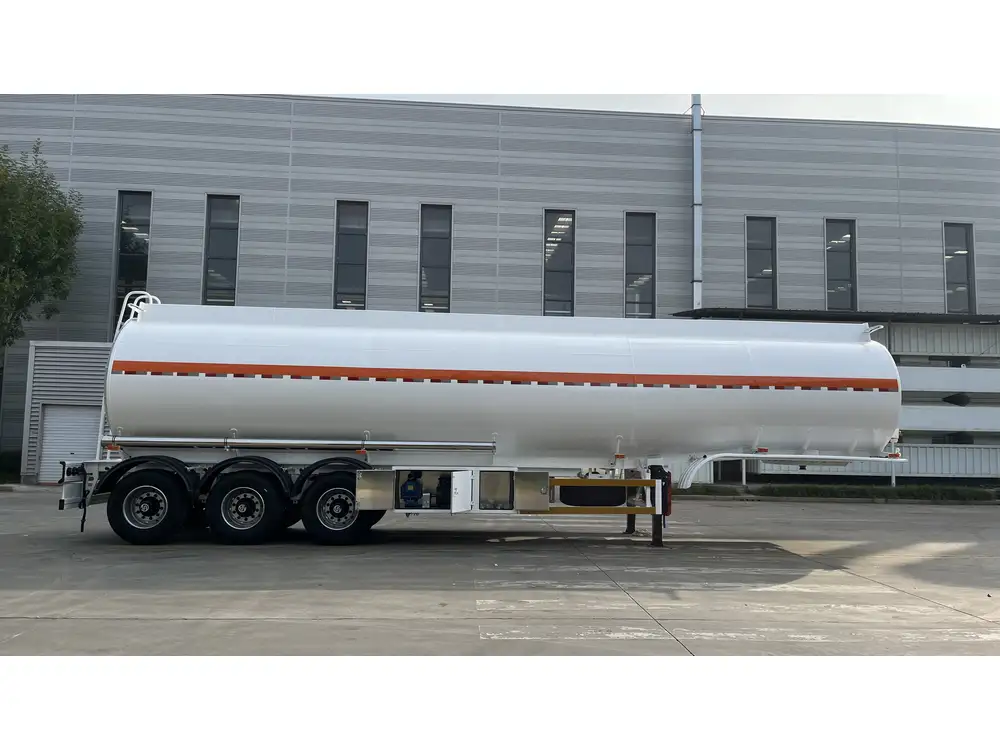
Legal Considerations for Towing a Semi-Trailer
In addition to safety considerations, understanding the legal aspects of towing is crucial. Here are some essential laws and regulations that must be respected:
Licensing Requirements
Most jurisdictions require specific licensing for operators of vehicles towing heavy trailers, often mandating a commercial driver’s license (CDL) for vehicles over a particular weight.
| Country/State | Licensing Requirement |
|---|---|
| USA | Varies by state, generally requires CDL for combined weight over 26,000 lbs. |
| Canada | Provincial requirements vary; a Class 1 license is typically required. |
| EU | In the EU, towing rules apply differently; a special license may be necessary. |
Weight Limitations
Each state and country has specific weight limitations for towing, both for the towing vehicle and the trailer. Failing to comply with these can result in fines or penalties.

Regional Considerations
- USA: Federal guidelines may often be overridden by state rules that set lower limits.
- Canada: Key regions impose strict weight limits that need to be adhered to for safety and legal compliance.
Practical Use Cases for Pickup Trucks Towing Semi-Trailers
While certain pickups may technically be able to pull a semi-trailer, this scenario commonly exists in specific use cases. Consider the following applications:
Agricultural Uses
Farmers occasionally use pickups to move lighter agricultural semi-trailers or equipment. However, this setup remains carefully managed to respect weight restrictions.
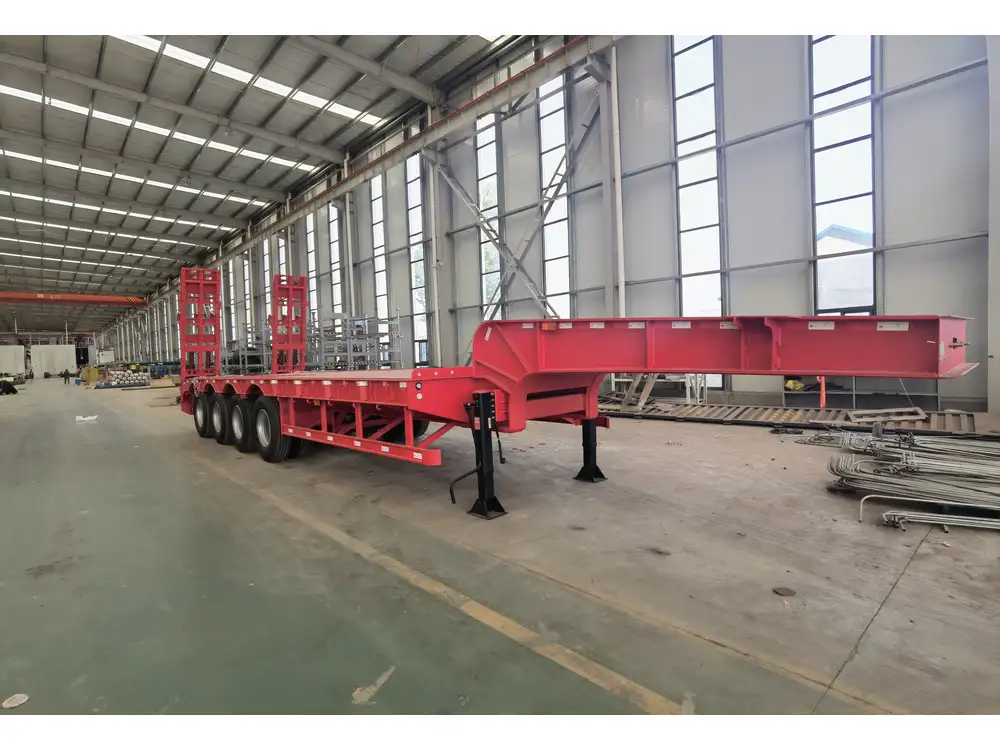
Utility and Construction
In many utility or construction settings, pickups can tow trailers carrying tools or equipment. These do not typically exceed legal limits but still require vigilance regarding weight capacity.
Alternatives to Consider
For those seeking alternatives to a pickup pulling a semi-trailer, several options exist that can provide legality and safety.
Use Extended-Sized Pickup Trucks
Certain pickups, often marketed as heavy-duty or super-duty models, offer substantial towing capacities:
- Examples: Ford F-350, Ram 3500, Chevrolet Silverado 3500HD.
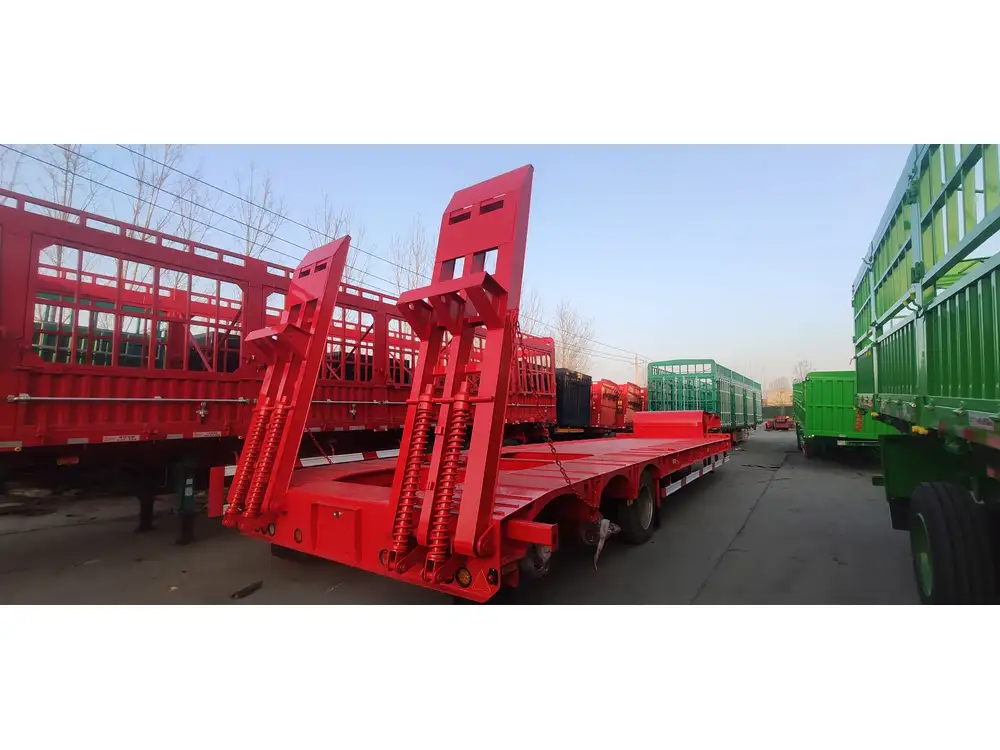
Consider Flatbed Trucks
Flatbed trucks provide a legally compliant solution for transporting heavy loads. These vehicles are straightforward in towing larger trailers, aligning with legal requirements.
Renting or Leasing Heavy-Duty Trucks
For infrequent use, consider renting heavy-duty trucks equipped for such operations, ensuring compliance with all legal and safety measures.
Conclusion: Key Takeaways
In summary, while the idea of using a pickup to tow a semi-trailer may seem practical on the surface, this operation requires comprehensive knowledge of legal parameters, weight limitations, vehicle specifications, and safety implications.

Final Checklist
- Verify towing capacity from the vehicle manufacturer.
- Ensure compliance with local towing regulations.
- Assess the stability and braking systems.
- Always prioritize safety measures and best practices.
These precautions ultimately serve to streamline your operations while ensuring safety on the roads. Whether you are a manufacturer, service provider, or an end-user, understanding these intricacies will equip you to make informed decisions while navigating the transport landscape.



